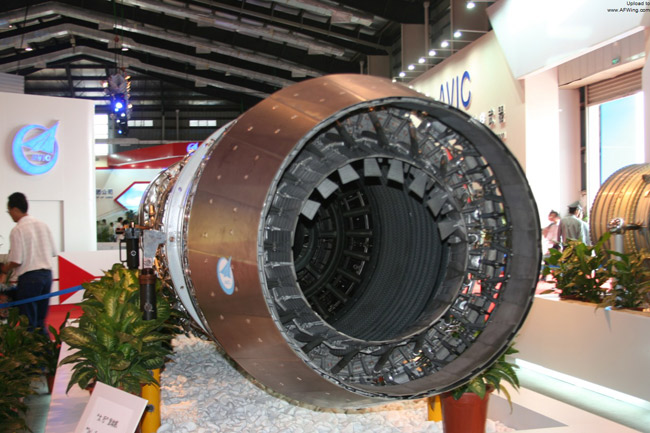Hendrik_2000
Lieutenant General
Fighters using WS-10 e.i. the J-11B, J-16, are twin engined. So unless some kind of catastrophic failure in both engines occur, crashes are unlikely due to engine failure. Crashes are likely pilot error or some other systems failure. The key test for the WS-10 will be when it starts powering J-10B & J-10C. The AL-31FN has a decent track record with the PLAAF/PLAN.Will see whether the WS-10B can match-up to the AL-31FN.
Sofar there are reported 8 or 9 accidents involving AL 31F. Even thought the chinese version is updated one. And you say they have decent track record ?. The Indian version has atrocious maintenance record. Engine component failure attributed to the loss of 5 Su30MKI. The idea of double engine is not prone to accident is not true
I guess the nay sayer can never get rid of their superiority feeling.
They have ordered roughly 800-900 AL31F engine. And converting existing fleet to WS 10B is just too much trouble.So they must used existing engine stock before converting to WS10B. We have seen J-10B&C with WS-10B . And so far we have not heard any new order for AL31 F engine. I retract my word when put new order for AL31 F
Last edited:

